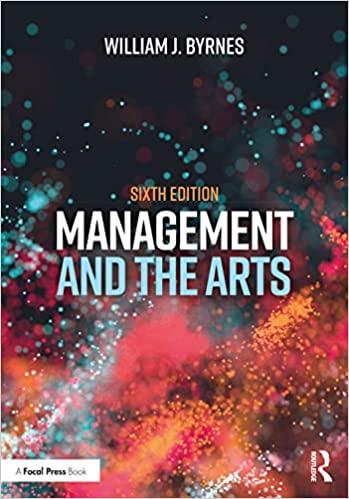Question
1. With regard to the destruction of the documents, was there a difference between what was legally obstruction of justice and what was ethical in
1. With regard to the destruction of the documents, was there a difference between what was legally obstruction of justice and what was ethical in terms of understanding what was happening at Enron? When the U.S. Supreme Court reversed the Andersen decision, the Wall Street Journal noted that the Andersen case was a bad legal case and a poor prosecutorial decision on the part of the Bush administration.626 Why do you think the prosecutors took the case forward? What changes under SOX would make the case easier to pursue today?
2. David Duncan was active in his church, a father of three young daughters, and a respected alumnus of Texas A&M. Mr. Duncans pastor talked with the New York Times following Enrons collapse and Duncans indictment and discussed with the reporter what a truly decent human being Duncan was.627 What can we learn about the nature of those who commit these missteps? What can you add to your credo because of Duncans experience? Was the multimillion-dollar compensation he received a factor in his decision-making processes? Can you develop a decision tree on Duncans thought processes from the time of the first SPE until the shredding? Using the models you learned in Units 1 and 2, what can you see that he missed in his analysis?
3. When a law firm reviewed who knew what and when in the lead-up to the Enron collapse and bankruptcy, the firm concluded that Andersen was aware of all of the off-the-book partnerships that had been created, noting that it appeared that the documents had been reviewed by Andersen. What factors contributed to Andersens failure to do more regarding the off-the-book entities and other accounting issues at Enron? Based on what you have learned in Units 1 and 2, discuss what reasoning processes and rationalizations those at Andersen may have been using. Now, think about the Penn State case (Case 2.10) and how leaders there framed the issue. Then determine how the Andersen partners were framing the Enron issue. Is it difficult to envision bad outcomes or is judgment clouded when you are under pressure or are concerned about your job? How would a credo help when you are evaluating an issue with serious personal and business consequences?
4. One of the tragic ironies to emerge from the collapse of Arthur Andersen, following its audit work for Sunbeam, WorldCom, and Enron, was that it had survived the 1980s savings-and-loan scandals unscathed. In Final Accounting: Ambition, Greed and the Fall of Arthur Andersen, the following poignant description appears: The savings-and-loan crisis, when it came, ensnared almost every one of the Big 8. But Arthur Andersen skated away virtually clean, because it had made the dedecision, years earlier[,] to resign all of its clients in the industry. S&Ls for years had taken advantage of a loophole that allowed them to boost earnings by recording the value of deferred taxes. Arthur Andersen accountants thought the rule was misleading and tried to convince their clients to change their accounting. When they refused, Andersen did what it felt it had to: It resigned all of its accounts rather than stand behind accounting that it felt to be wrong.628 What takes a company from the gold standard to indictment and conviction?
Step by Step Solution
There are 3 Steps involved in it
Step: 1

Get Instant Access to Expert-Tailored Solutions
See step-by-step solutions with expert insights and AI powered tools for academic success
Step: 2

Step: 3

Ace Your Homework with AI
Get the answers you need in no time with our AI-driven, step-by-step assistance
Get Started


